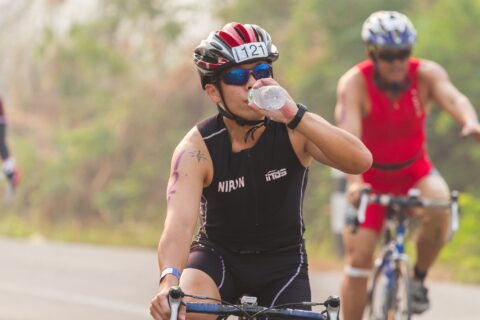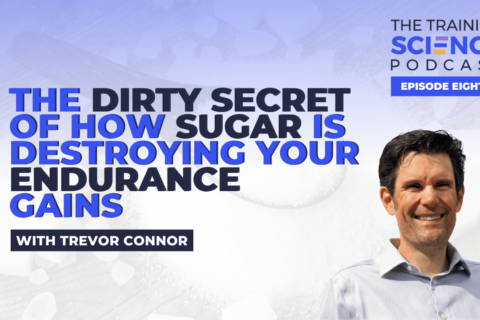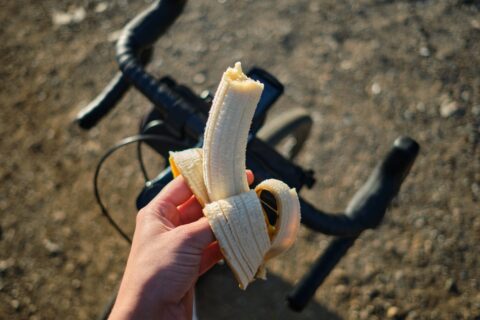Use these formulas to determine your calorie and carbohydrate needs according to your unique physiology and demands of the event.
Use these formulas to determine your calorie and carbohydrate needs according to your unique physiology and demands of the event.




